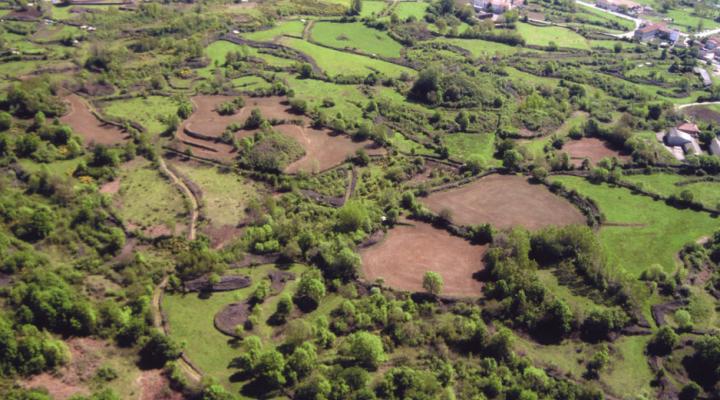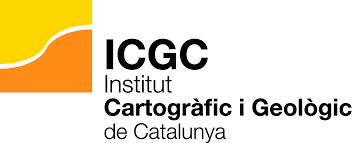
Tosca Forest
In the midst of the best example of volcanism in the Iberian Peninsula, the Tosca forest is a mosaic of crops and brushwoods, a harmonious landscape that has inspired part of the work of the Olot pictorial school, an artistic reference in Catalan landscaping. An ancient forest and stone, thrown out of the bowels of the earth, give this space its name, a paradigm of the balance between conservation and development.
ALL THE SPACES IN THE NETWORKGeology
Tosca Forest is located on the northern edge of the Ebro basin, at the foot of the Pyrenean terrain of the Alta Garrotxa. This basin was filled with sediment during the Tertiary period, at the same time as Alpine orogenesis was raising the Pyrenees to the north and the Prelitoral mountain range to the south and southeast. The Tertiary sediments are mainly marls, sandstones and conglomerates and may have a marine or continental origin.
In more recent times (Neogen), numerous normal faults severed pre-existing terrain, leading to tectonic pits and to the present coast. These same faults allowed the rise of basic-type magma to the surface. These phenomena led to numerous lava flows and the volcanic buildings in the volcanic region of Olot.
The interaction of lava flows and the hydrographic network resulted in explosive volcanoes and river canyons. This is the case of the plains of Bas and Pinya formed by the sediments that filled a natural dam of the Fluvià originated by lava flows, such as that of the Bosc de Tosca, dating to about 17,000 years and that came from the Puig del Croscat volcano.
A large number of volcanic rocks of various sizes and shapes can be observed. They are pyroclasts that can have many vesicles that are quite porous (pumice, hence the name of the forest), or more massive, such as volcanic explosions. You can also see small mounds called ‘tossols’, formed when the lava flow was over a wet lake or surface and formed a large bubble of gas that pumped the lava layer.
